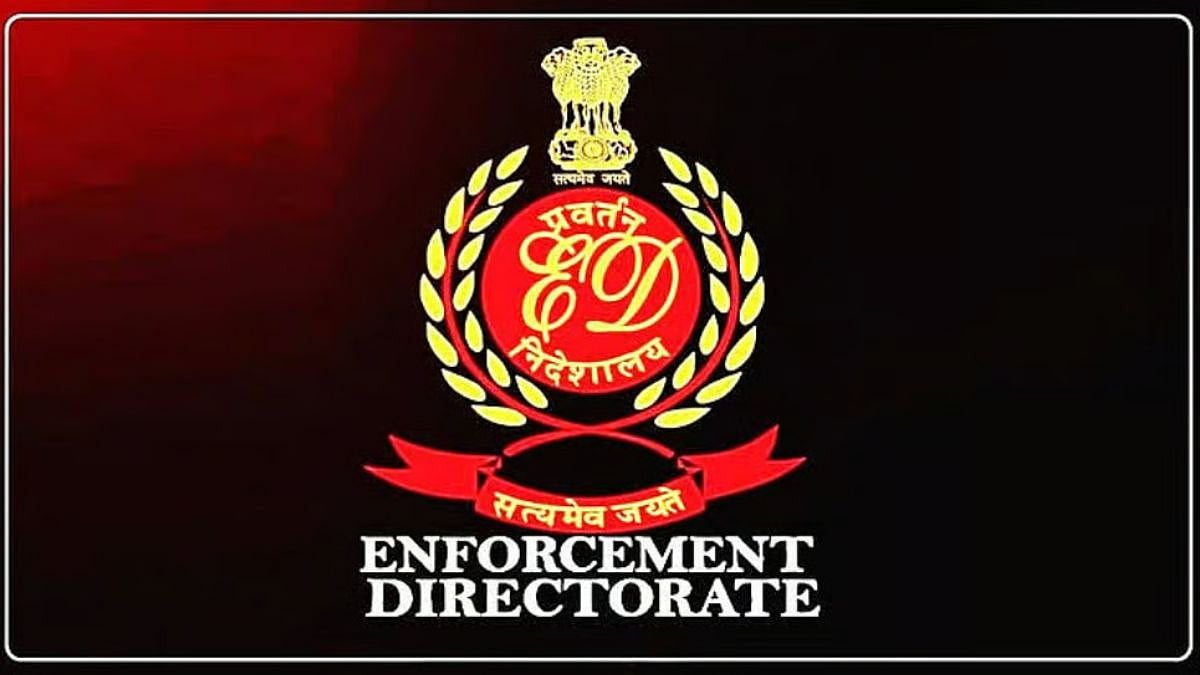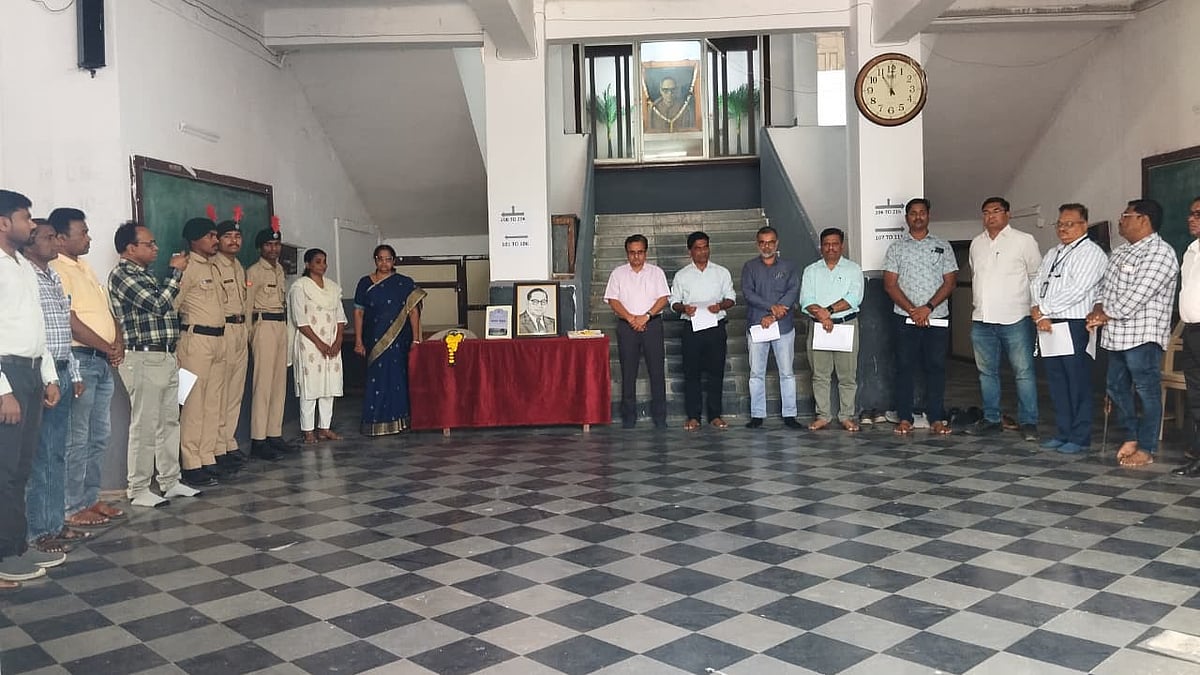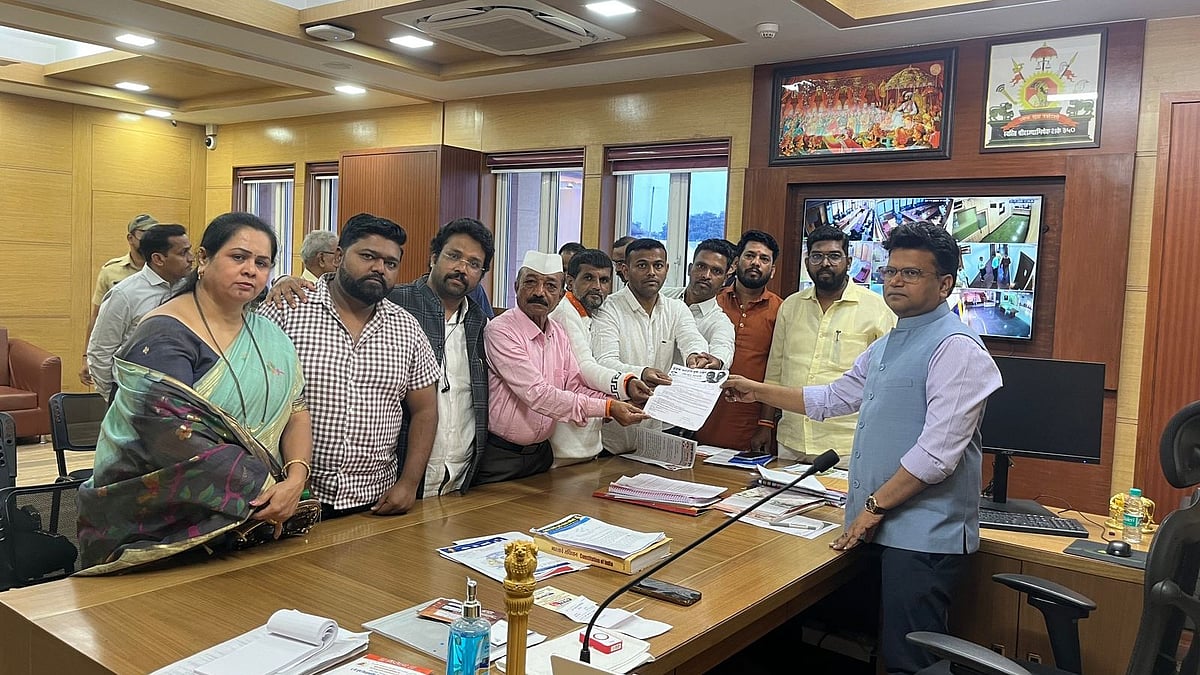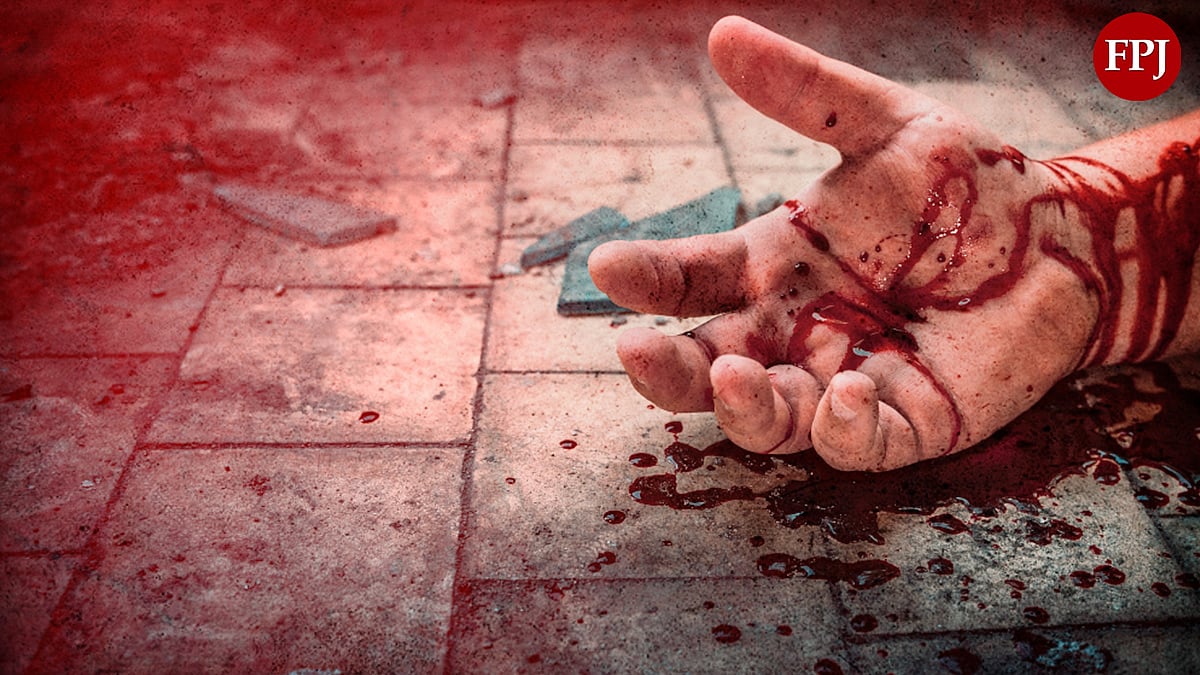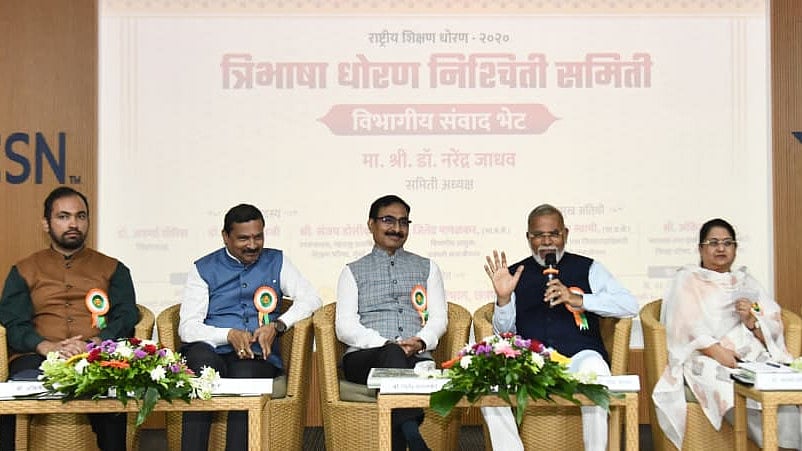The earthy smell of wet mud and the miniature fortresses were once common during Diwali’s arrival. But with each passing year, the tradition of children building mud forts, a tradition deeply rooted in Maharashtra, is slipping away.
“We used to start planning our Killa (mud fort) at least two to three weeks before Diwali, recalls Pradip Patil, 48, a resident of Akurdi. “First, we would find a spacious spot, usually a corner of the house and from where it could be visible to people.”
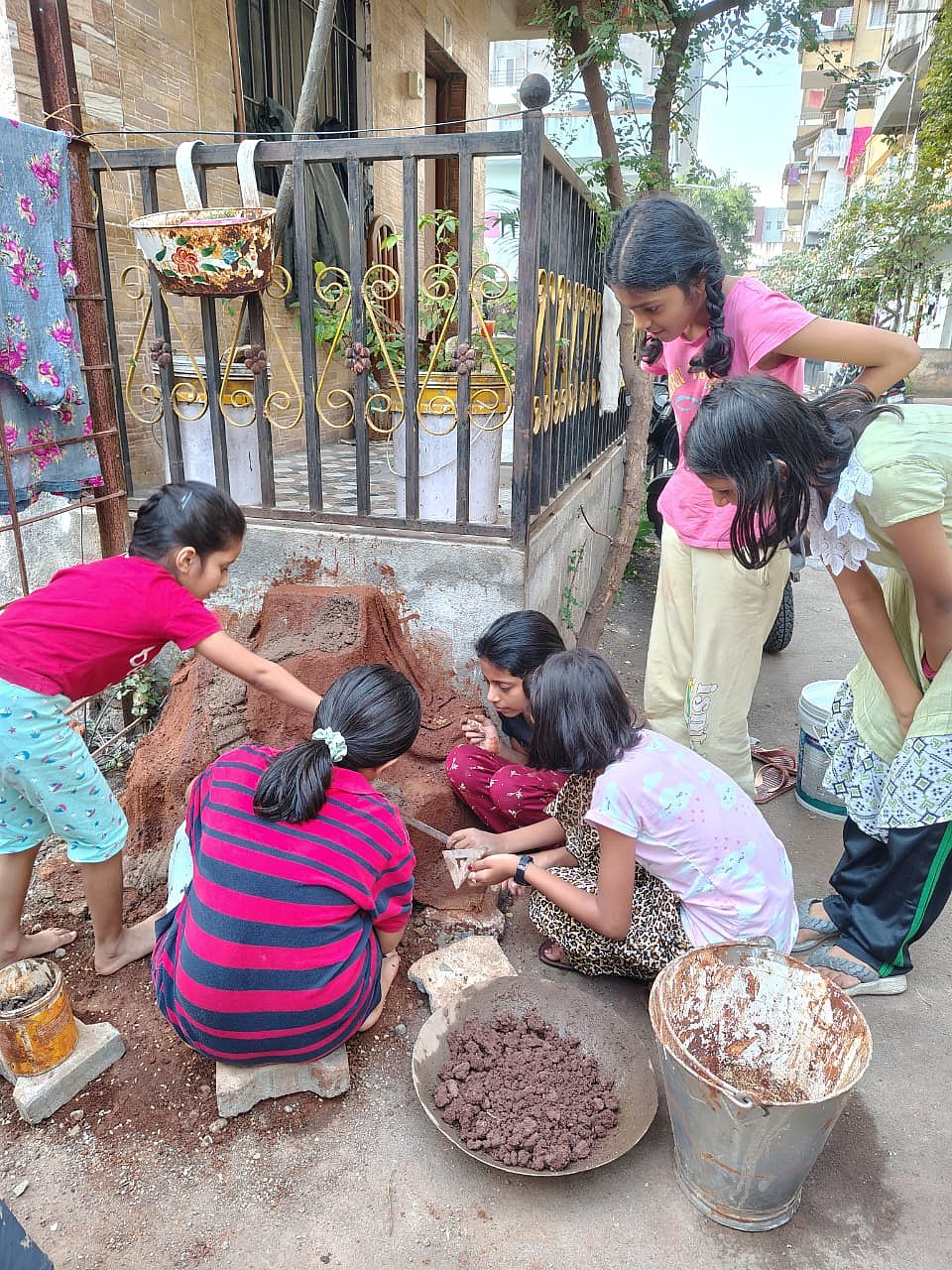
Pravin Salgar
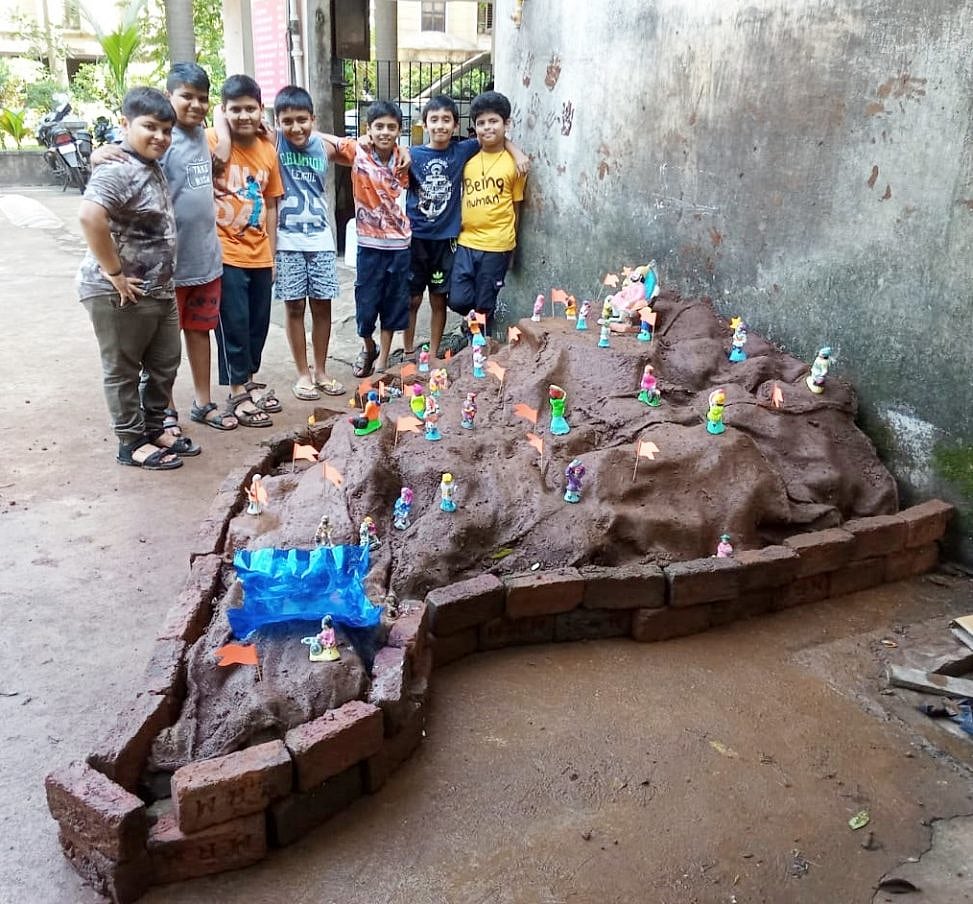
Kids posing after building their Killa (mud fort) | www.sachinbaikar.com
“Then followed the real task to gather bricks, mud, stones, and gunny sacks. We would shape it into a replica of Chhatrapati Shivaji Maharaj’s forts, like Shivneri, Raigad, and Sinhagad, among others. Children from the locality would help in constructing, and the nearby people would also help us with the material and guide us, even some seniors would give us 5 Rs each for buying sweets for Diwali after completing the miniature fort,” Patil explains.
The tradition was to remember or to pay homage to the forts of Chhatrapati Shivaji Maharaj. Building miniature forts during Diwali was both a cultural education and a labour of love. Children would carefully craft the fortified walls, boundary, steps, watchtowers, and entrance gates, learning about the heritage while working with their hands.
After the completion of the fort, it was followed by decoration that included diyas, flags, rangoli to colour the landscape, and miniature figurines made by potters representing soldiers, elephants, and horses.
“We used to save from our pocket money and used to negotiate with the potters to buy those tiny clay horses, elephants, and soldiers. Also used to keep it safe and repaint it for next year’s use,” Patil said. “And after the fort was ready, someone used to stand near it for the whole day on a rotational basis to guard it, so that dogs or some passerby didn’t damage it.”
Halima Shaikh, a resident of Wakad, says the tradition fostered a communal spirit. “It wasn’t just about building a fort, but was used to promote togetherness. Children from different communities and backgrounds would come together, and some seniors would guide them.”
“We would share our materials and ideas. Some forts were replicas of real forts, while others were imaginary castles with some five or six towers and had similar features of a fort,” Shaikh added.
The process involved in building a fort was an elaborate and laborious activity. Today, however, we witness a shift in the tradition’s continuation. Urbanisation has left little open space for such activities. Several societies have strict rules and usually don’t welcome the mess of mud construction.
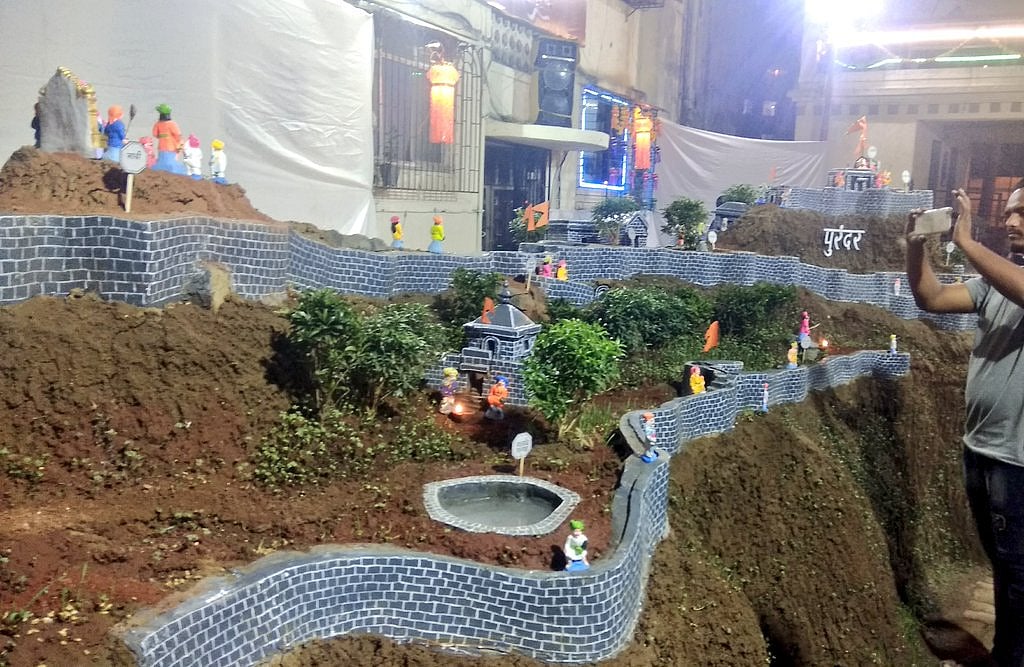
Mud fort | BeingSKSwapnil / X
More importantly, children’s lives have moved indoors and online platforms. Consuming digital content and time on digital gadgets gives instant gratification that the slow, patient work of fort-making cannot match.
Pravin Salgar, a resident of Dighi, said, “In today’s times, many parents have given their children their own social media accounts. Even very young kids are now busy on mobile phones uploading Diwali photos just like their parents do. But somewhere, the traditional essence of Diwali in Maharashtra, especially the age-old practice of building miniature forts, is fading away.”
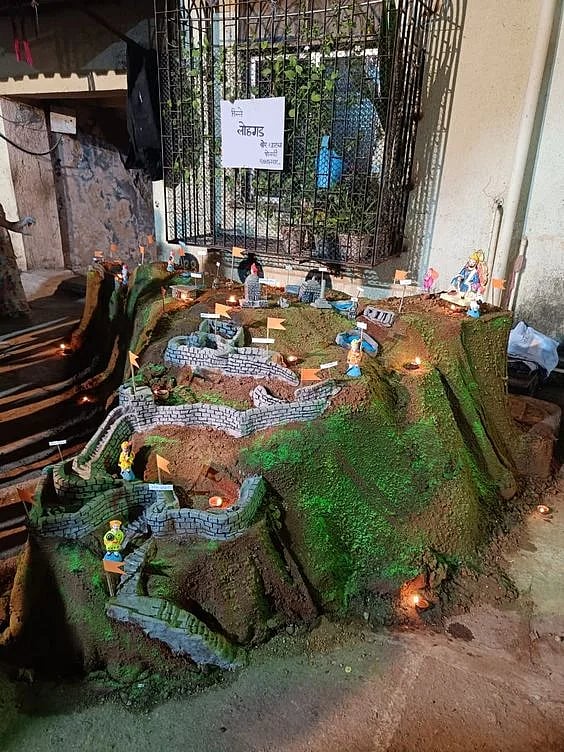
Mud Fort | Historified
“I believe parents should initiate to reverse the trend. Instead of spending money on firecrackers, why not build a fort and use that money to create the soldiers and related stuff needed for it? As such activities nurture creativity, imagination, engineering skills, teamwork, and most importantly, a sense of cultural pride,” Salgar explained.
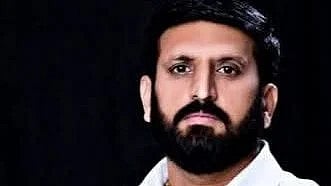
As Diwali approaches, a few scattered attempts at building mud forts are still observed, but they are exceptions. So, the tradition may be fading, but the memories remain, and efforts such as fort-making contests, exhibitions and promotion in schools have the potential to change the picture.



